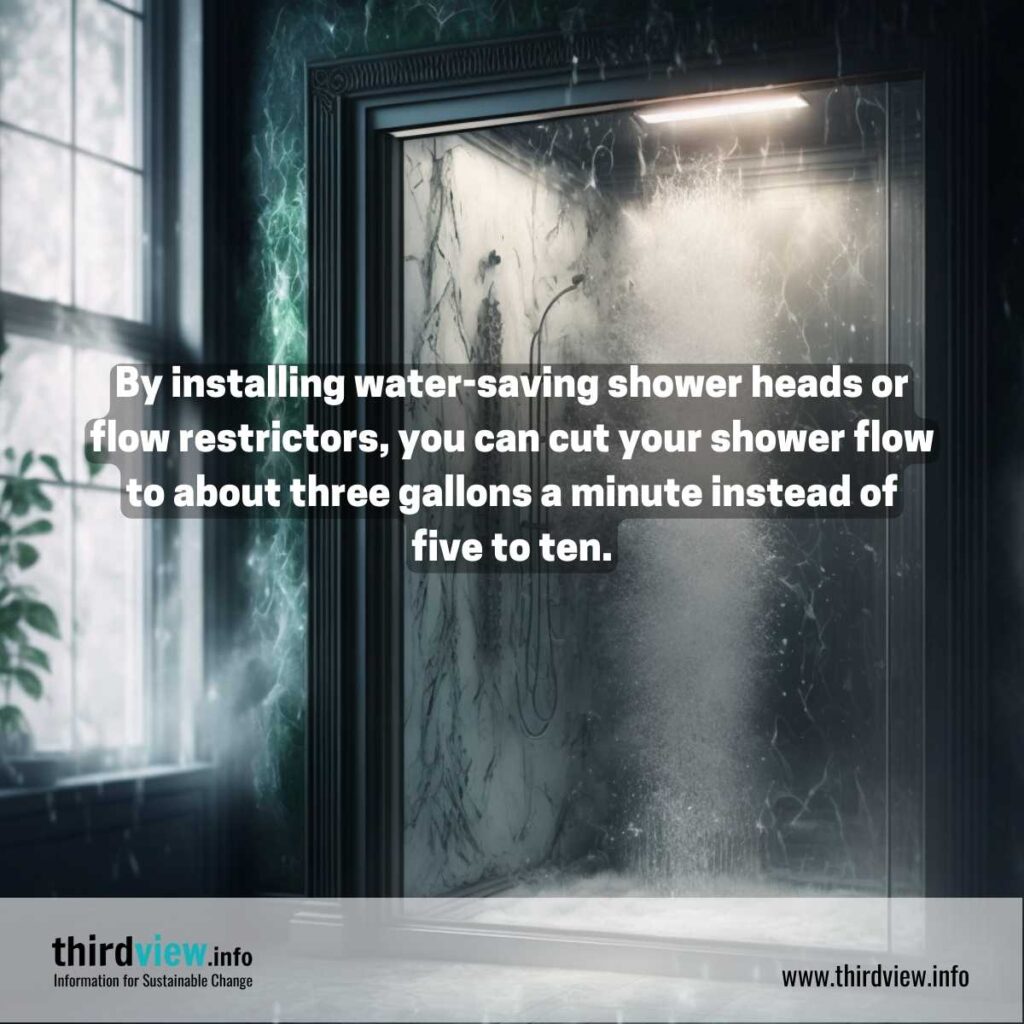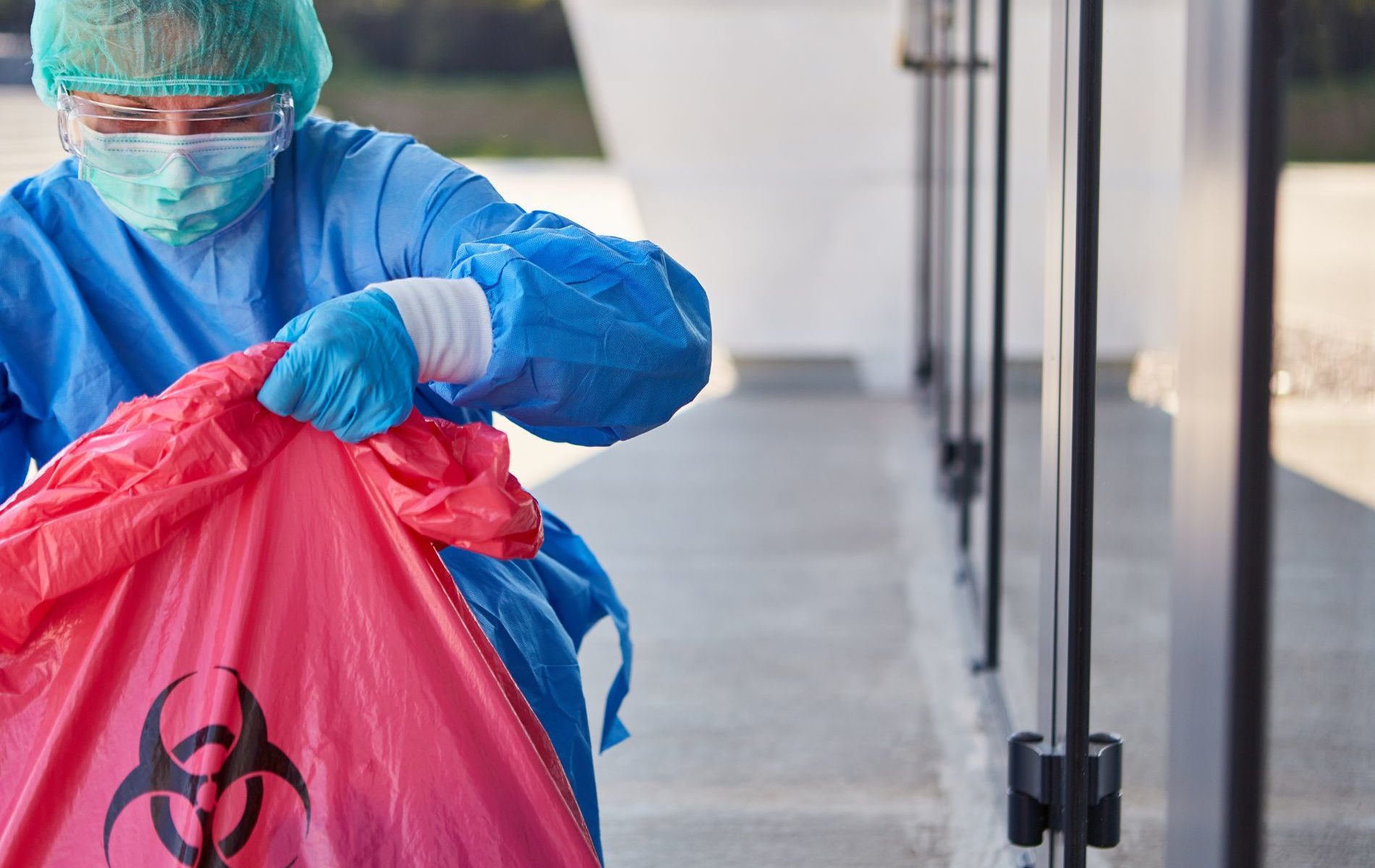The Basic Principles Of Reclaim Waste
The Basic Principles Of Reclaim Waste
Blog Article
Things about Reclaim Waste
Table of ContentsOur Reclaim Waste IdeasNot known Incorrect Statements About Reclaim Waste The smart Trick of Reclaim Waste That Nobody is Talking AboutGet This Report on Reclaim WasteOur Reclaim Waste Diaries
Domestic sewer waste refers to the waste and products from a residential septic container. The proper monitoring and disposal of residential sewage waste call for liquid waste to be moved to a sewer treatment plant where the correct techniques and tools are applied to purify and dispose of waste.
Industrial waste often consists of potential dangers, such as combustible products or a mix of fluid and strong waste items, and requires a more innovative and comprehensive disposal process. The disposal of business waste usually entails the purification of waste before transport to make certain safe and appropriate disposal. Hazardous waste is developed from byproducts and drainage of industrial procedures and production.
This type of waste can not use the exact same sewage administration transport or procedures as septic or business liquids. The hazardous waste management process needs the examination and screening of liquid waste before it goes through the disposal process (liquid waste removal). Overflow waste is the liquid waste that comes from drainage and excess stormwater in extremely populated locations or cities
Drainage waste can create contamination and flooding otherwise handled correctly. Learn much more regarding drain cleaning and waste administration. Ensuring correct waste monitoring can avoid catastrophes and reduce ecological injury. Both individuals in domestic settings and experts in commercial or manufacturing industries can take advantage of recognizing the processes and guidelines of fluid waste management.
Reclaim Waste Fundamentals Explained
Contact PROS Providers today to find out about our waste administration and disposal services and the appropriate means to care for the fluid waste you produce.
(https://reclaimwaste1.start.page)Do you understand what happens to your water when you draw the plug, purge the toilet or drain pipes the cleaning maker? No? Well, it's worth understanding. This so-called 'wastewater' is not only an essential source however, after therapy, will be launched to our land, rivers or the ocean. Made use of water from bathrooms, showers, baths, kitchen sinks, washings and industrial procedures is referred to as wastewater.

water used to cool down equipment or clean plant and tools). Stormwater, a form of wastewater, is drainage that flows from farming and city areas such as roofings, parks, gardens, roads, paths and rain gutters into stormwater drains, after rainfall. Stormwater streams neglected straight to local creeks or rivers, ultimately getting to the ocean.
Some Known Factual Statements About Reclaim Waste
In Queensland, the majority of wastewater is dealt with at sewage treatment plants. Wastewater is moved from residential or industrial sites through a system of sewers and pump terminals, understood as sewerage reticulation, to a sewage therapy plant.
The Division of Natural Resources advises local governments concerning handling, operating and maintaining sewerage systems and therapy plants. In unsewered areas, local governments might call for homeowners to set up private or house sewage therapy systems to deal with domestic wastewater from bathrooms, kitchen areas, restrooms and laundries. The Division of Natural Resources authorizes the use of household systems when they are verified to be reliable.
In some brand-new communities, treatment of some stormwater to get rid of trash, sand and gravel has started utilizing gross pollutant traps. Wastewater therapy occurs in four phases: Gets rid of strong matter.
Wastewater after that flows right over at this website into big containers where solids resolve and are gotten rid of as sludge. Oil and residue are skimmed from the surface. Uses small living organisms referred to as micro-organisms to damage down and eliminate staying liquified wastes and great bits. Micro-organisms and wastes are included in the sludge. Gets rid of nitrogen and phosphorus nutrients that could trigger algal flowers in our rivers and intimidate marine life.
Getting My Reclaim Waste To Work
Nutrient removal is not available at all sewage treatment plants because it requires expensive specialized equipment. Clear liquid effluent created after treatment may still consist of disease-causing micro-organisms - liquid waste removal.

Many wastewater moves right into the sewerage system. Under the Act, local governments carry out authorizations and permits for environmentally pertinent tasks (ERAs) involving wastewater launches that might have a regional effect.
Indicators on Reclaim Waste You Need To Know
Monitoring offers accurate info concerning water top quality and can validate that permit conditions are being fulfilled. The details gotten via surveillance gives the basis for making water top quality choices.
Report this page